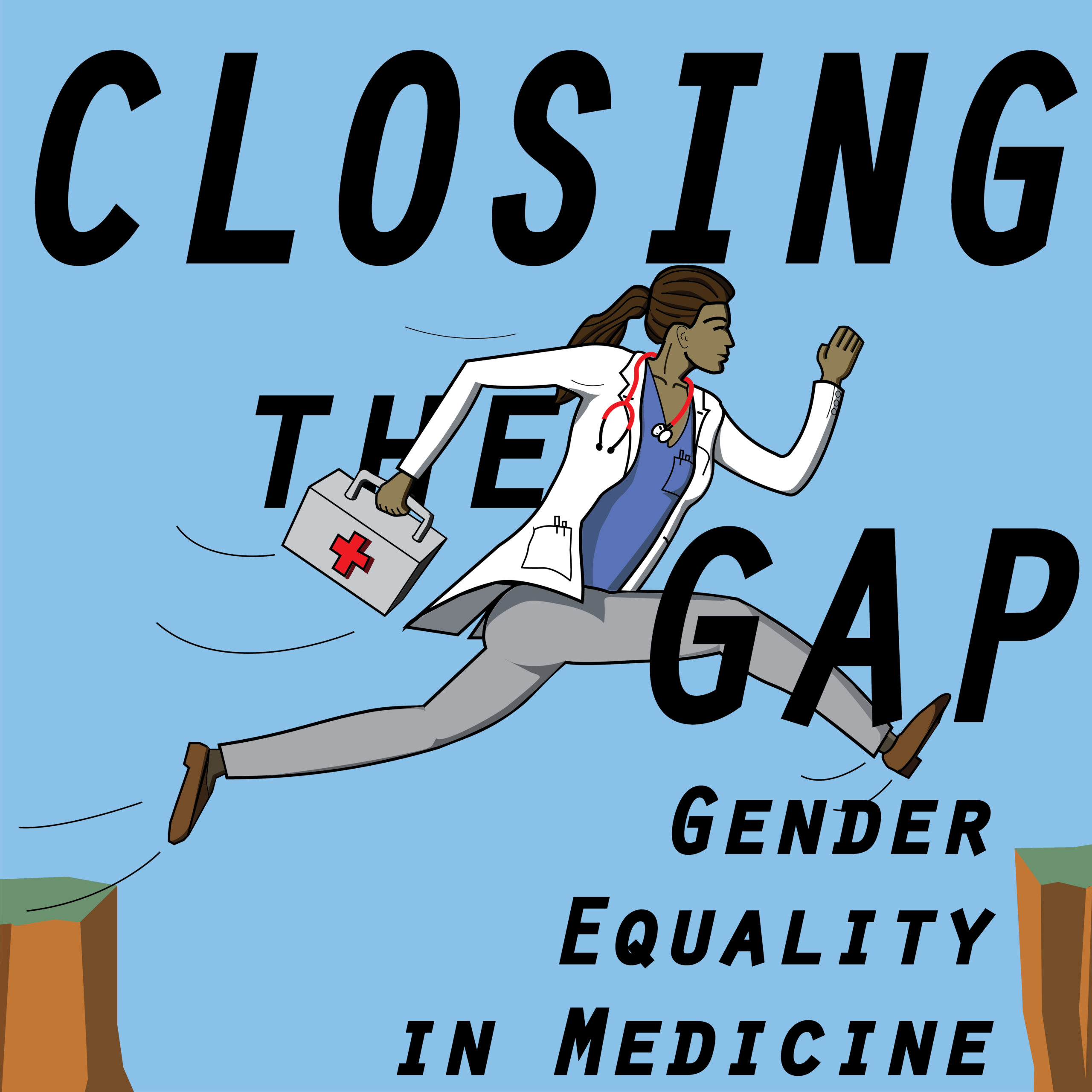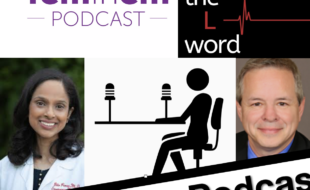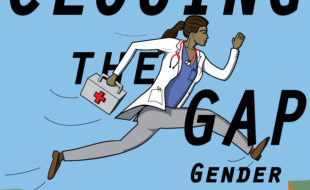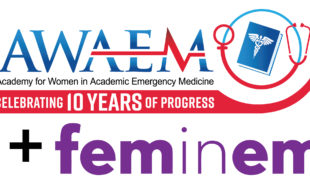Disclaimer: The view(s) expressed herein are those of the author(s) and do not reflect the official policy or position of Brooke Army Medical Center, the Department of the Air Force, the Department of Defense or its components.
Goals:
- Consider how women have hid their identities in medical careers because of their gender
- Discuss how women started in medicine
- Illustrate progress thus far
Show guests:
Historically, women have hid their gender to continue career pursuits
- Dorothy Vaughan, Mary Jackson, Katherine Johnson and Christine Darden
- Hidden figures of NASA
- JK Rowling
- Encouraged to go by JK rather than JoAnne by publisher for public appeal
- Margaret Ann Bulkley, also known as Dr. James Barry
- First person to successfully perform a cesarean section in 1826 where both the mother and baby survived.
- She hid her female identity until her death.
- Discovered that she was a woman upon her autopsy. The British Army subsequently sealed the results for over 100 years.
- Elizabeth Blackwell
- First woman in the US to earn her M.D. in 1849.
- Her admission to medical school was actually the result of a practical joke
- Graduated #1 in her class
- Established a hospital in which women could practice as physicians
- Incorporated a free training program for nurses in her hospital
- She later founded the Women’s Medical College
- Driven to go into into medicine when a dying friend said to her that she would have been spared her worst suffering if her physician would had been a woman. Some articles today are reporting that sentiment is correct.
- JAMA Internal Medicine in 2017 that showed that when female physicians are involved, 30 day mortality and readmissions rate are lower1
- List of remarkable women in the history of medicine
Gloria Kuhn, DO, MPH Interview
- One of the first emergency medicine residents at Detroit General Hospital
- While in medical school, co-students genuinely questioned her if women were smart enough to be physicians
- Co-author of The Development of Best Practice Recommendations to Support the Hiring, Recruitment, and Advancement of Women Physicians in Emergency Medicine 2
Dr. Birnbaumer, MD Interview
- Entered emergency medicine after nearly handicapping the UCSF Chair of Emergency Medicine, Mike Callahan, while she was at her crying spot during her internal medicine residency
- Marginalization of women was a consistent barrier that created additional pressure during training
- Personal residency examples
- Head and neck surgeon claimed that although talented, women would undermine the structure of medicine because they only work part-time
- Head of cardiothoracic surgery suggested that she was sleeping with the chief resident because of how high quality her presentation was
- Discussion that women in training are not permitted to show the same vulnerability as male counterparts
- 30 years ago implicit bias didn’t exist—It was explicit. Open sexism was prevalent
- Personal residency examples
- One of the first women on faculty at her institution
- Co-faculty, although nice, pushed her to go into stereotypical women’s groups, such as AAWEP, but actively discouraged from running for ACEP board
- Women have steadily increased in numbers since she’s been in medicine. Now that the male: female ratio is narrowing, how should women partake in leadership?
- Advocates for joining women specific groups for comradery and taking ideas to own institutions as well as non-women exclusive groups (i.e. ACEP)
- Addressing implicit bias as its happening
- Delicate process considering polarization of politics
- Concerned these discussions can be reactionary rather than open and ultimately lead to progress
- Avoid the labels and attempt address directly in an educational manner
- Overall encourage by the number of women going into medicine and believes this generation is more vocal addressing gender discrepancies
- If you believe someone is the person for a specific job, be sure to offer it to them and permit them to decide whether they’d like to take it on
References
- Tsugawa, Yusuke, et al. “Comparison of Hospital Mortality and Readmission Rates for Medicare Patients Treated by Male vs Female Physicians.”JAMA Internal Medicine, U.S. National Library of Medicine, 1 Feb. 2017, ncbi.nlm.nih.gov/pubmed/27992617.
- Choo, Esther K, et al. “The Development of Best Practice Recommendations to Support the Hiring, Recruitment, and Advancement of Women Physicians in Emergency Medicine.” Academic Emergency Medicine: Official Journal of the Society for Academic Emergency Medicine, U.S. National Library of Medicine, Nov. 2016, ncbi.nlm.nih.gov/pubmed/27286760.
Podcast: Play in new window | Download











